Talk Overview
Synthetic biology can be used in industrial biotechnology to engineer metabolic pathways to create high-value chemicals using model microorganisms such as yeast. During the Synthetic Biology in Action course, participants engineered yeast to produce beta-caretone for industrial biotechnology purposes. In this talk, they describe the steps they took to engineer an existing yeast pathway to produce the new chemical. These steps include modeling the metabolic pathway outputs, DNA design, amplification, and assembly, and analysis of the final result.
About the Speaker
Joana Guedes, PhD student at i3S-Instituto de Investigação e Inovação em Saúde, IBMC-Instituto de Biologia Molecular e Celular, Universidade do Porto Portugal
Nicolas Koutsoubelis, PhD student at the Max-Planck Institute for Terrestrial Microbiology and the Research Center for Synthetic Microbiology (SYNMIKRO), Marburg, Germany
Gita Naseri, PhD student at the University of Potsdam
Pavel Zach, PhD student at the University of West Bohemia
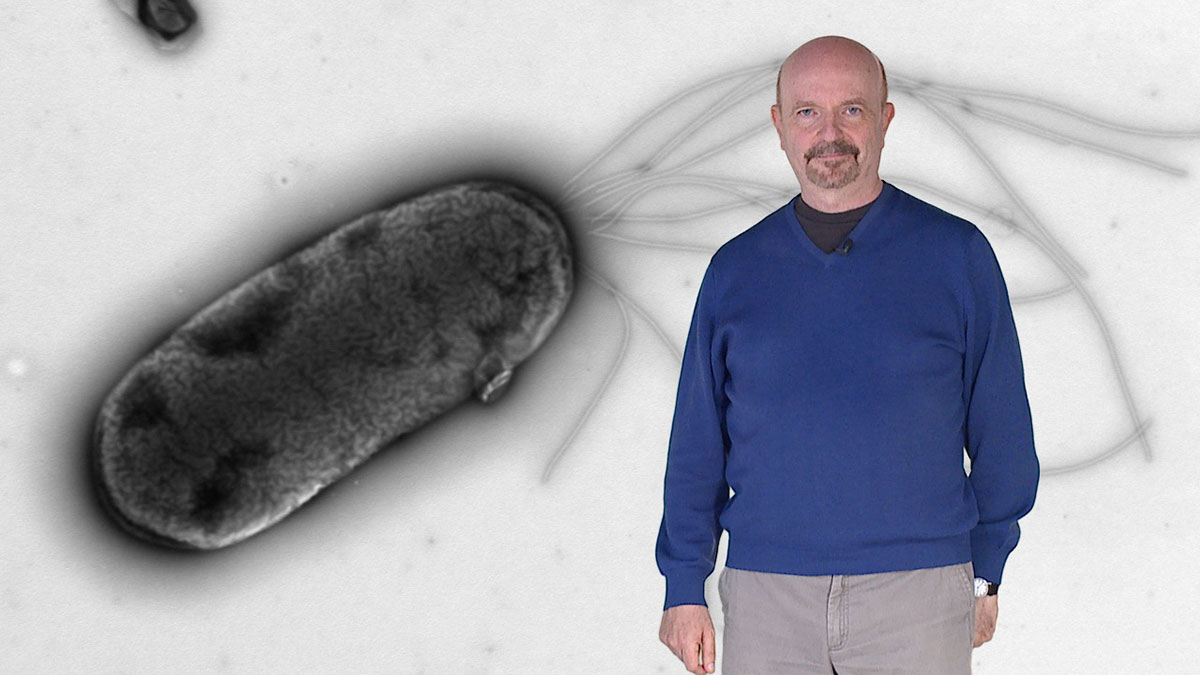

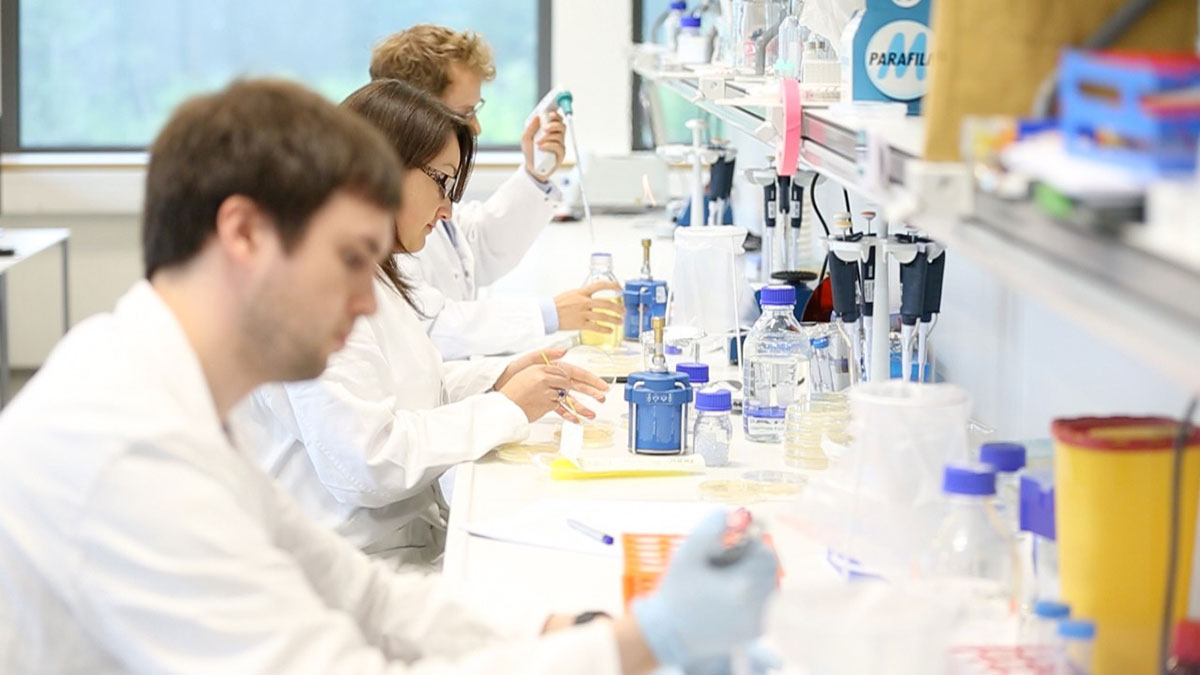
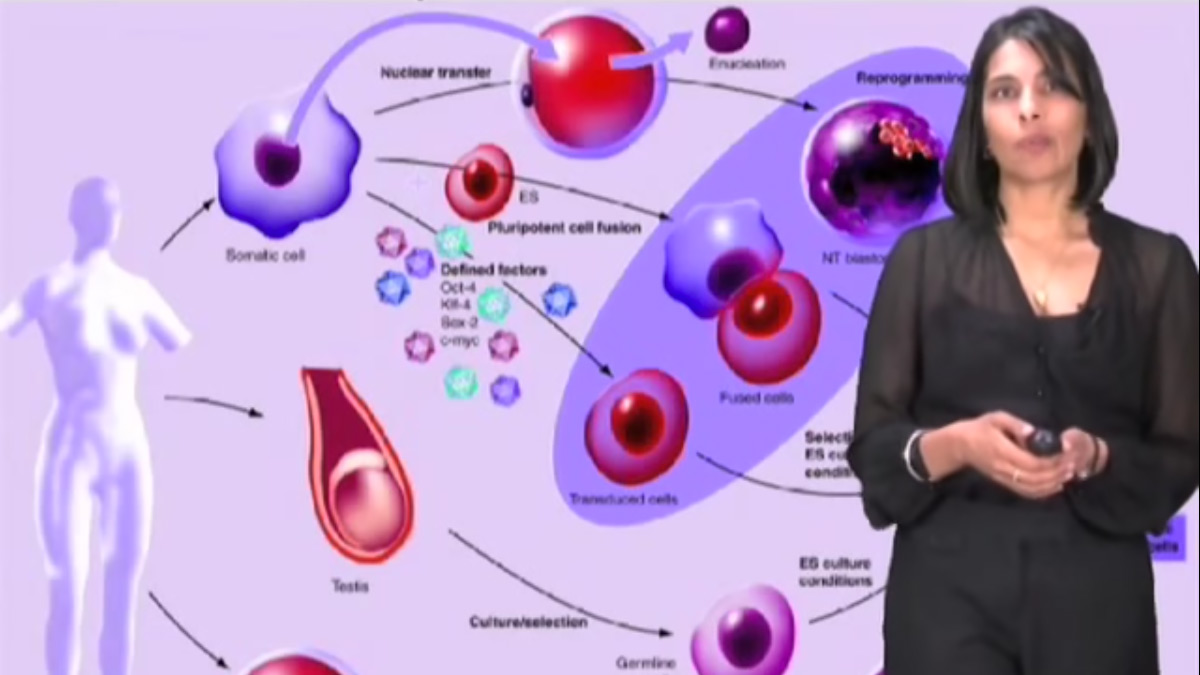
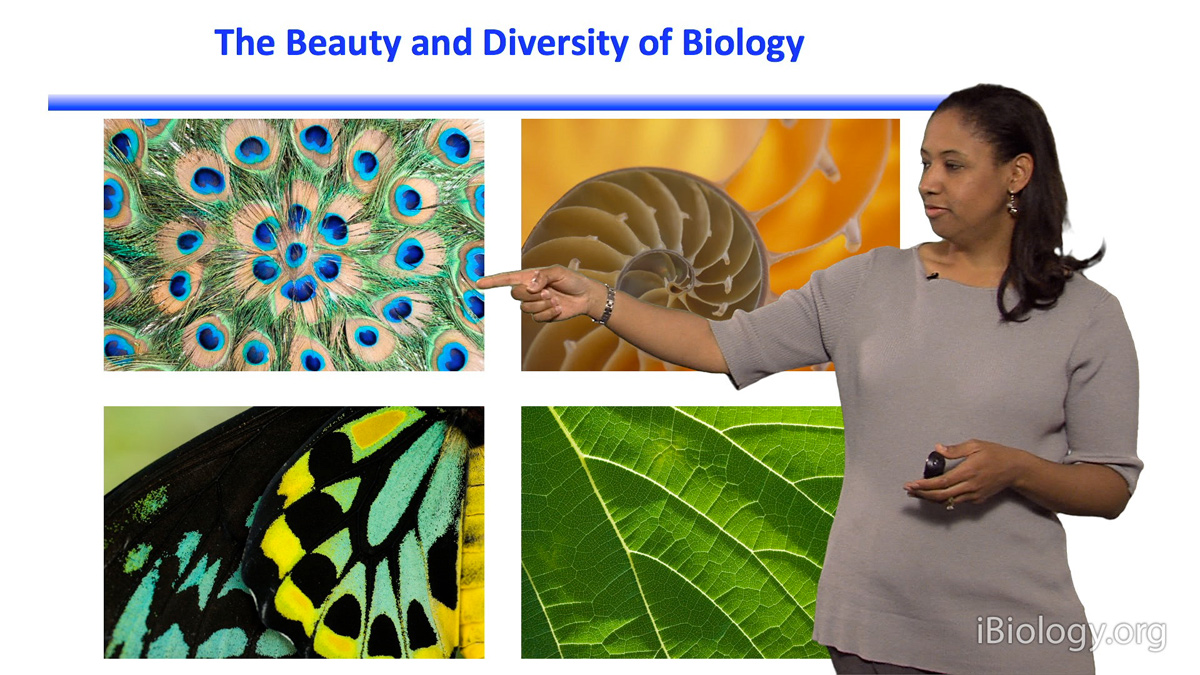
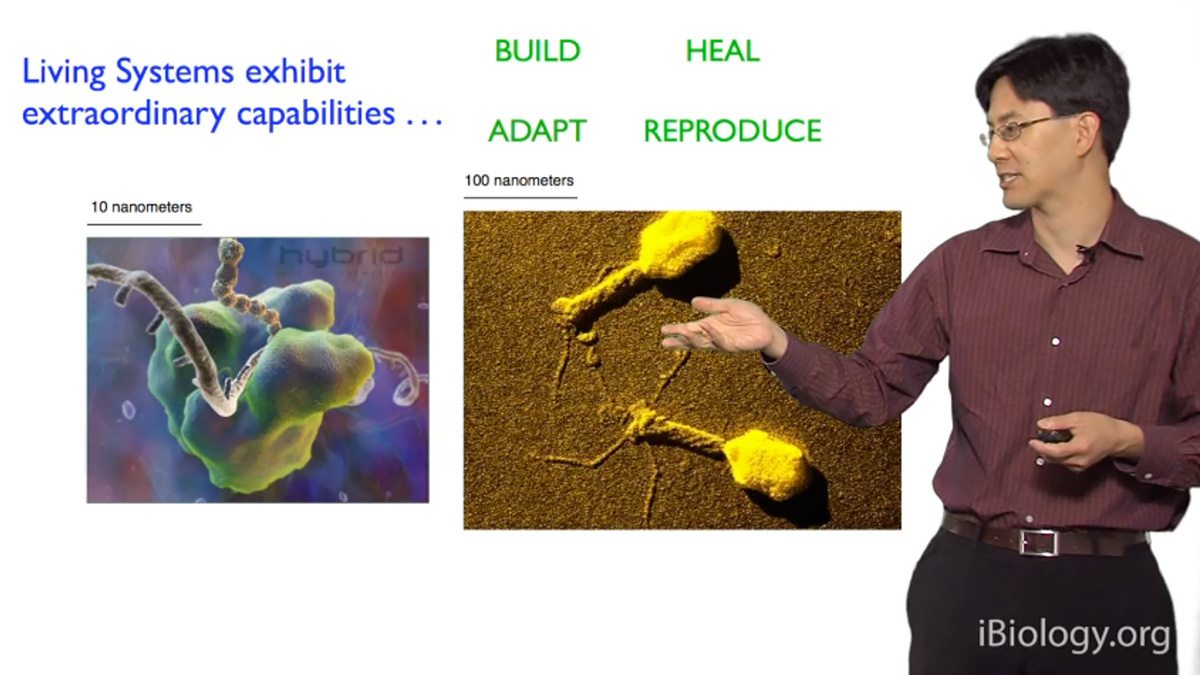






Wikipedia says
If some one wants expert view concerning blogging and site-building then i advise
him/her to visit this blog, Keep up the good work.